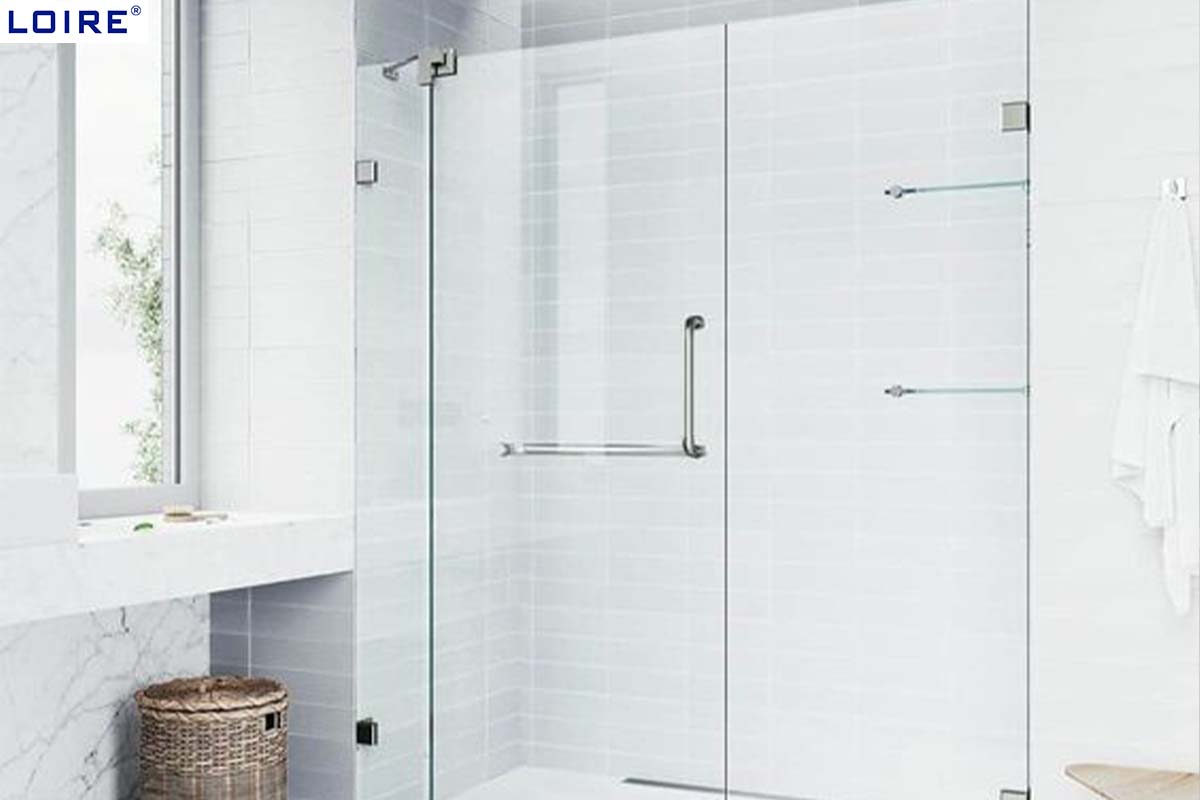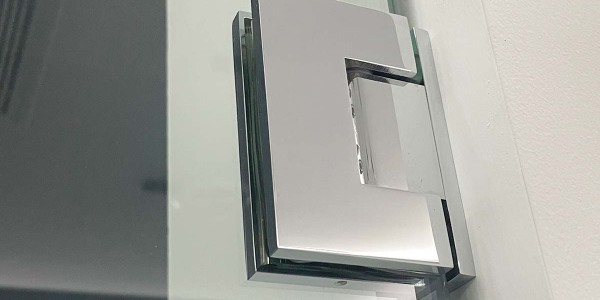A Comprehensive Guide to Debug Testing and Troubleshooting for Sliding Doors

Debug testing and troubleshooting are essential steps to ensure the smooth functionality of sliding doors. Whether you are dealing with sliding glass doors or shower doors, following a comprehensive guide can help identify and address potential issues efficiently. Here are the steps to guide you through the process
1. Visual Inspection:
Begin with a thorough visual inspection of the sliding door system. Check for any visible damage, misalignments, or loose components. Examine the tracks, rollers, and any connecting hardware.
2. Track and Roller Assessment:
Inspect the door tracks for debris, dirt, or any obstructions that might impede smooth movement. Examine the rollers for wear and tear, ensuring they are properly aligned with the tracks.
3. Lubrication:
Apply a silicone-based lubricant to the door tracks and rollers. This helps reduce friction and ensures smooth operation. Be cautious not to over-lubricate, as excess lubricant can attract dirt and debris.
4. Alignment Check:
Verify the alignment of the sliding doors. Misalignment can lead to issues such as dragging or uneven movement. Adjust the rollers or tracks as needed to ensure proper alignment.
5. Hardware Tightening:
Ensure that all hardware components, including screws and bolts, are securely tightened. Loose hardware can contribute to instability and operational problems.
6. Check for Obstructions:
Examine the door's path for any obstructions, both inside and outside. Remove any objects that might hinder the door's movement.
7. Glass Integrity:
For sliding glass doors, inspect the glass for any cracks or chips. Damaged glass not only compromises aesthetics but can also pose safety risks.
8. Noise Analysis:
Listen for any unusual sounds during door operation. Grinding or scraping noises may indicate issues with the rollers, tracks, or other components.
9. Test Door Movement:
Open and close the sliding door multiple times to assess its overall movement. Pay attention to any resistance or jerky motion, as these can be indicative of underlying problems.
10. Seek Professional Assistance:
If issues persist or if you encounter challenges during the troubleshooting process, consider seeking professional assistance. A qualified technician can provide expert insight and solutions to more complex problems.
By systematically following these steps, you can conduct a thorough debug test and troubleshoot any issues with your sliding doors. Regular maintenance and prompt addressing of problems ensure the longevity and optimal performance of your sliding door system.






